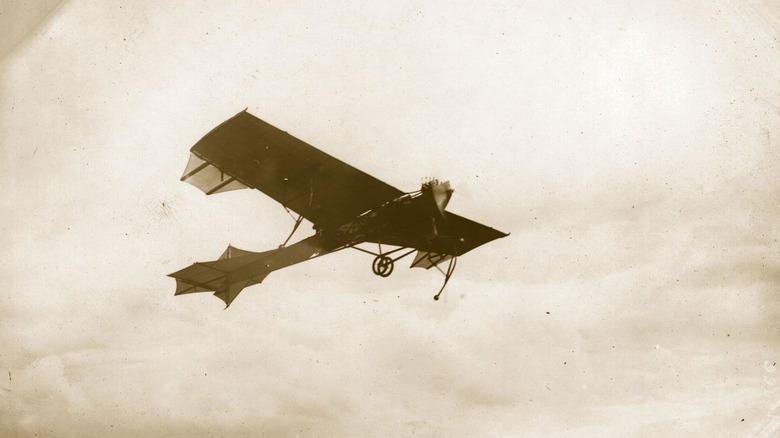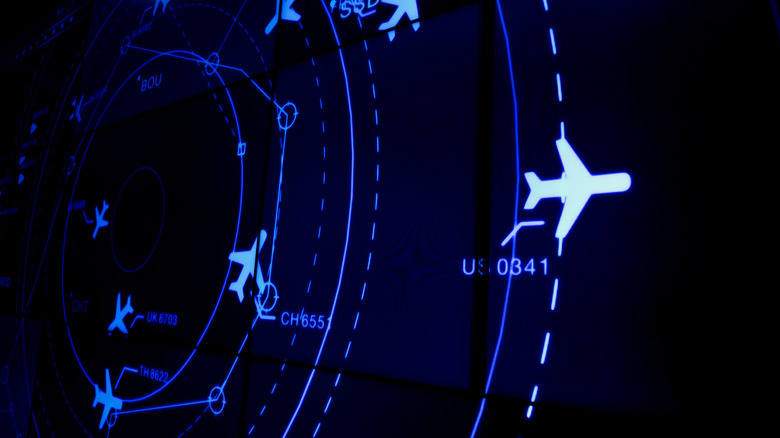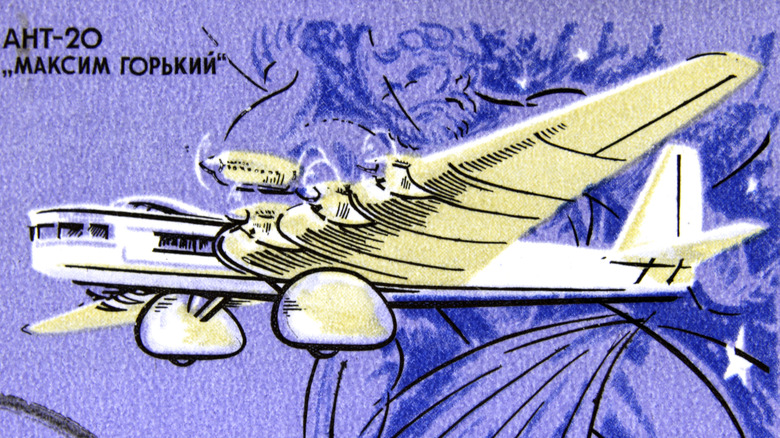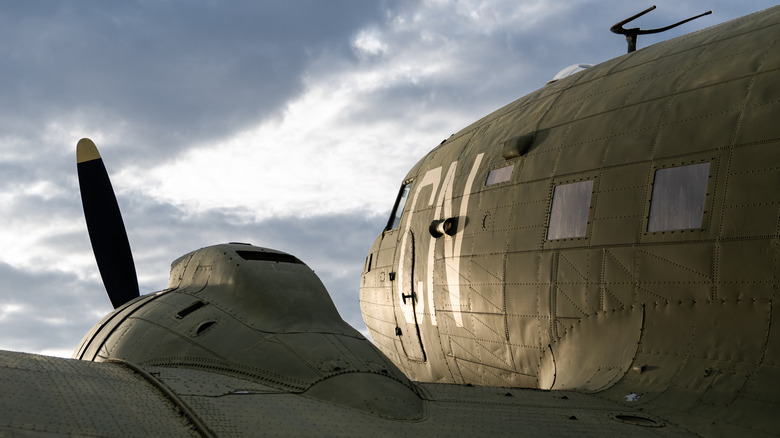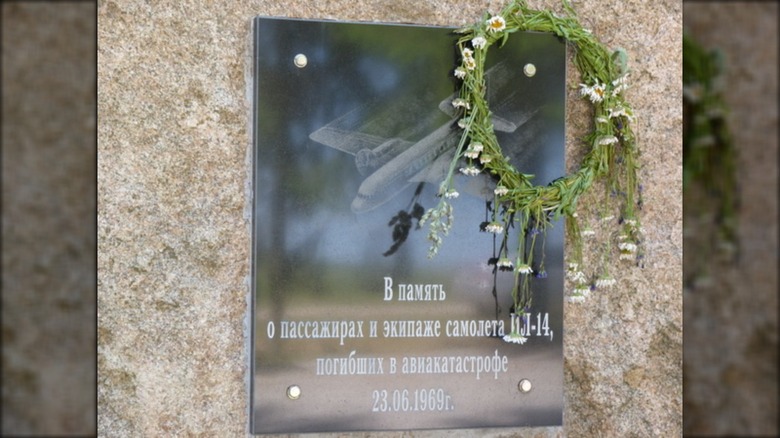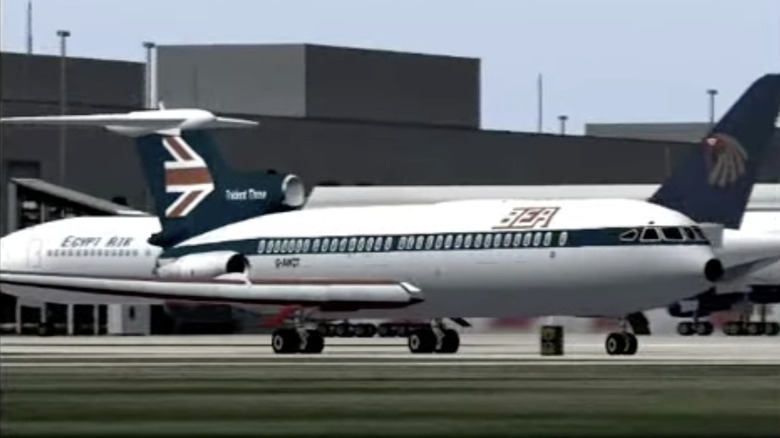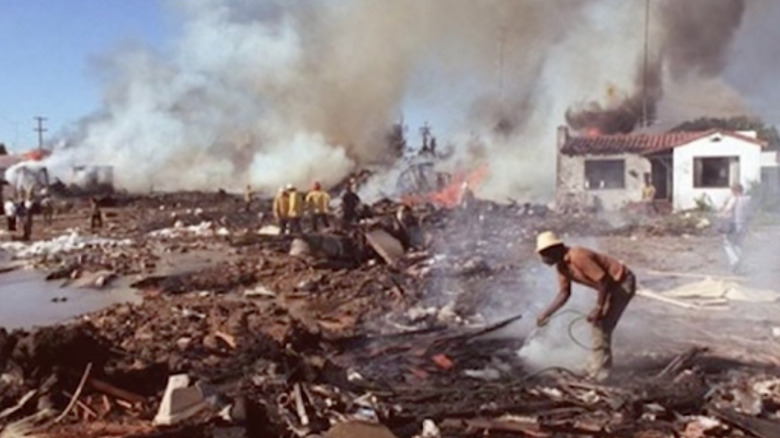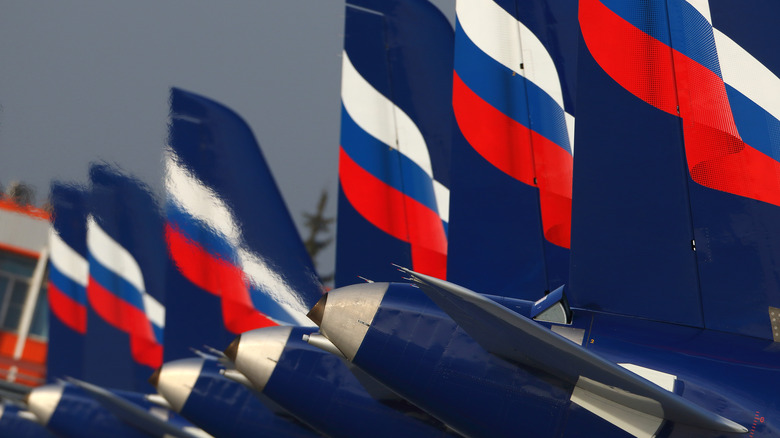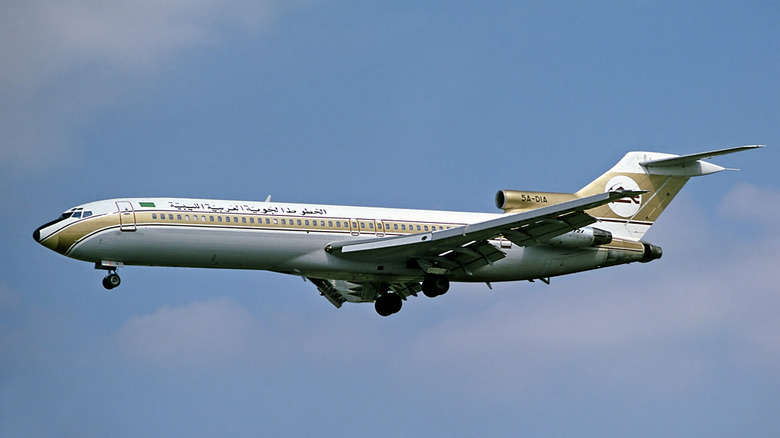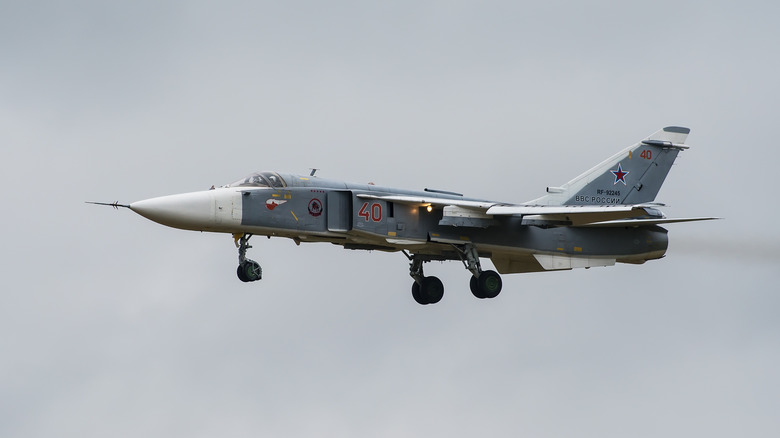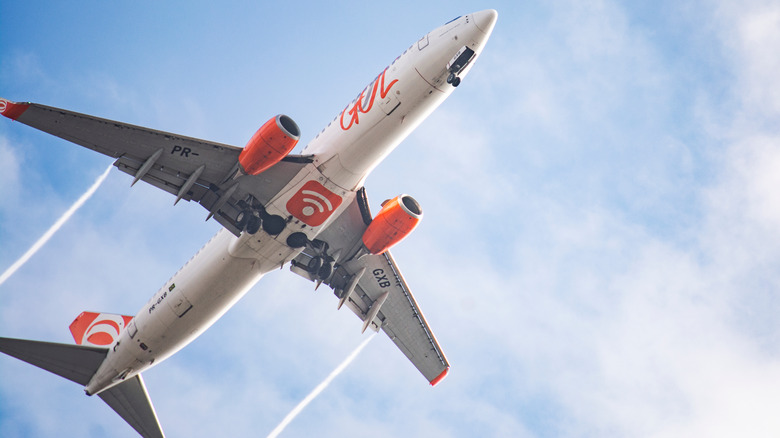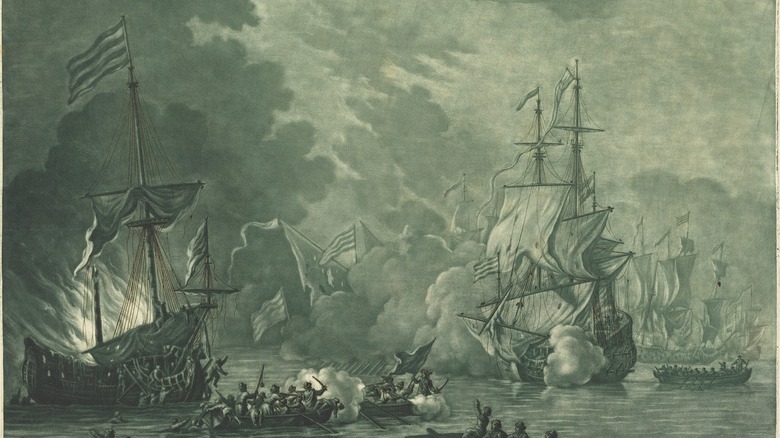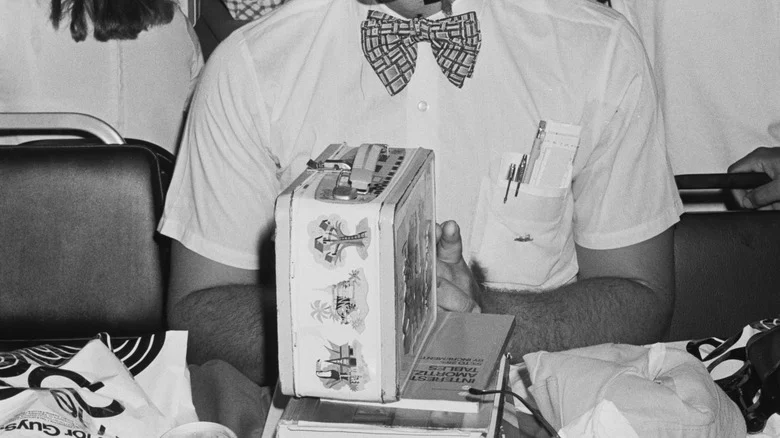
The Deadliest Mid-Air Plane Collisions In History
The Wright Brothers’ first successful flight in 1903 at Kitty Hawk, North Carolina, ushered in a revolution in public transportation, per the Smithsonian National Air and Space Museum. Eleven years later, on January 1, 1914, the first scheduled commercial airline service began, with Florida’s St. Petersburg-Tampa Airboat Line offering flights between the two cities (via Space). This early attempt at commercialization would only last for four months. Nevertheless, the airline paved the way for future transcontinental trips.
It would take several decades for most people to experience national and international airplane voyages. World War II would bring commercial airplane travel to a halt as nations worldwide dedicated their winged crafts to the war effort. By the 1950s, however, the airline industry witnessed incredible leaps and bounds, as reported by Birth of Aviation. As more planes filled the friendly skies with increasing passenger capacities, the risks of mid-flight collisions also increased. What are the worst airplane collisions in history? Keep reading as we explore the tragic side of aviation history.
The first mid-air collisions
Remarkably, the first airplane collision didn’t result in any casualties, but it ushered in a catastrophic history, nevertheless. On October 1, 1910, in Milan, Italy, René Thomas, a French pilot in an Antoinette monoplane, crashed into the back of British pilot Bertram Dickson’s Farman biplane (via the Aviation Safety Network).
As reported by Popular Mechanics in 1911, the collision sent both pilots plummeting to the ground, and each man sustained severe injuries. Unfortunately, Dickson’s injuries proved permanent, and he would never fly again, per Science and Society. But the crash didn’t represent much of a wake-up call, given that there was no commercial aviation industry at the time. Neither would the first fatal air collision, which happened two years later.
That crash occurred at La Brayelle Aerodrome in Douai, France, with skies inundated with early morning fog. The collision involved two pilots from the French Army, Lieutenant Albert Peignan and Captain Marcel Dubois. Both men died in the incident, as reported by the Aviation Safety Network. Despite this tragedy, the call for air traffic control measures wouldn’t go out for another decade, which meant more deaths.
The first commercial mid-air collision
The concept of air traffic control wouldn’t become a thing until April 7, 1922, when the world’s first commercial mid-air crash occurred over Thieuloy-Saint-Antoine near Picardy, France, according to the Aviation Safety Network. It involved seven passengers and crew members, including Americans Christopher Bruce Yule and his wife, as The New York Times reported. The collision left no survivors, and it drove home the importance of setting up air traffic control measures.
What would these measures look like? Recommendations included carrying radio equipment and pre-defining visual routes for pilots to follow. As airports started to see traffic increases due to commercial airplane activity, they enacted other measures, too.
According to “European Air Traffic Management,” edited by Dr. Andrew Cook, “London’s Croydon airport was expanding to cater to increasing traffic. The duties of the aviation staff at Croydon were to work out an aircraft’s time of arrival, assist with take-offs and generally be with the pilot and arrange whatever they wanted!”
The 1930s saw significant mid-air collision casualty increases
In the 1930s, two unfortunate mid-air collision records were shattered. In May 1935, a Tupolev ANT-20 collided with a VVS Polikarpov I-5 over Moscow, resulting in the deaths of 45, per the Aviation Safety Network. How did the collision take place?
The Tupolev ANT-20 “Maxim Gorkey” (pictured) took off for a flyby over Moscow. The VVS Polikarpov I-5 fighter accompanied it. As a part of the demonstration, the fighter pilot attempted a loop maneuver around the Tupolev. Poor execution resulted in a mid-air collision. The crash killed 33 passengers, the fighter pilot, and two crew members (via Find a Grave). What’s more, the debris crashed into a nearby low-rise residential area, killing an additional nine people on the ground.
Three years later, a Japan Airlines Transportation flight and a Japanese Flying School aircraft crashed mid-air over Omori, Tokyo (via the Aviation Safety Network). Seven individuals on both planes died, but the carnage didn’t end there. The fiery wreckage crashed into an iron foundry, sparking an inferno. At minimum, 53 people on the ground died, providing a horrific reminder of what was at stake when planes flew over busy urban areas.
The crash that shattered all previous records
Not all records should be broken, and such proved the case with the unfortunate crash that shattered aviation record books on June 30, 1956, as reported by The Arizona Republic. That’s when United Airlines (UA) Flight 718 collided with Trans World Airlines (TWA) Flight 2 at cruising altitude over the Grand Canyon. The collision resulted “in one of the largest commercial airline disasters in American history.”
How did this tragedy take place? According to the Accident Investigation Report from the Civil Aeronautics Board, both planes departed Los Angeles International Airport with just a three-minute window between them. The first flight TWA 2, experienced a minor maintenance delay, moving its departure time from 8:30 to 9:01 a.m. As for UA Flight 718, it left at 9:04 am. Despite their close departure times, the planes should have crossed paths with roughly 2,000 feet between them, resulting in no ill effects. But turbulence pushed the flights into the same airspace at the same altitude. Cloud cover and poor visibility sealed their fate.
The aircrafts collided at 10:31 a.m., resulting in the deaths of 128 passengers and crew members. Most experts agree that by the time the two planes saw one another, it proved too late to maneuver away. The tragedy brought attention to antiquated air traffic control policies, resulting in significant reforms. According to CBS News in 2014, “The crash sites near the confluence of the Colorado and Little Colorado rivers now are closed off to the public and being preserved for their place in history.”
The commercial airplane crash that terrorized New York City
Unfortunately, the unthinkable would happen again in New York on December 16, 1960, when a United Airlines Douglas DC-8 crashed mid-flight with a TWA Lockheed L-1049 Super Constellation in its final descent into NYC’s LaGuardia Airport, per the Aviation Safety Network.
They collided at 5,200 feet, and the DC-8’s engine “sliced open” the upper part of the Constellation’s fuselage. The Constellation splintered into three sections, resulting in a widespread crash over Staten Island’s Miller Army Air Station. As for the DC-8? It limped along another eight miles before smashing into a residential area over Brooklyn.
The crash resulted in 128 dead passengers and crew members. As reported by The New York Times, five people on the ground in Brooklyn also perished as the DC-8 came down. After investigating, experts concluded that the DC-8’s high rate of speed and incursion beyond its clearance limit contributed to the crash. What’s more, last-minute changes in the clearance provided by air traffic control reduced the distance between both planes to dangerous levels.
The airplane crash that rained hell from the skies of Ankara
An aircraft collision occurred over Ankara, Turkey, on Friday, February 1, 1963, involving Middle East Airlines (MEA) Flight 265 and a Turkish Air Force Douglas C-47 (via the Aviation Safety Network). The C-47 transport plane was on a one-and-a-half-hour-long training flight. Having completed all maneuvers, the student pilot headed back to the airport, relying on visual flight rules for approach and landing.
But the pilot of the C-47 and those of the MEA 265 failed to see each another. The passenger flight’s nose and starboard wing hit the door area of the C-47’s port side. What’s more, one of MEA 265’s propellers struck one of the C-47’s horizontal stabilizers, cutting it off. After momentarily flying together, the planes separated, and the C-47 nosedived into oblivion. The MEA 265 continued for a short distance before falling from the sky.
The collision showered wreckage down on the city of Ankara, resulting in 104 dead passengers and crew. What’s more, 87 people perished on the ground. According to Vickers Viscount, this crash represented the first fatal incident involving a Middle East Airlines plane since the airline’s founding in 1946.
Tragedy strikes over the Soviet Union
On June 23, 1969, Aeroflot Flight 831 and the Soviet Union Air Force Antonov An-12 collided in the skies over the Yukhnovsky district of Kaluga Oblast, USSR, (via Aviation Safety Network). Nineteen passengers and five crew members on the Aeroflot Flight 831 perished in the crash, as did 96 individuals on the military aircraft.
What caused the collision? Before the accident, three Soviet Air Force An-12 transports were flying in formation at nearly 10,000 feet. Manned by a crew of five, one of the planes contained 91 paratroopers, per Plane Crash Info. According to air traffic controllers, Aeroflot Flight 831 would pass under this formation at an altitude of roughly 9,000 feet. But heavy turbulence affected the passenger plane, resulting in multiple requests from the pilot to increase altitude to avoid storm clouds.
Despite having all requests refused, Aeroflot Flight 831 climbed anyway. At 10,000 feet, it slammed into the An-12 carrying the 91 paratroopers, breaking it in two. The An-12 crashed and exploded in the nearby forest, resulting in the deaths of all passengers and crew. As for Aeroflot Flight 831? It fell about 800 yards away, killing all 19 individuals on the plane.
When air traffic controllers make mistakes
Different jobs come with varying margins of error, and air traffic controllers often have no room for mistakes. Nothing better illustrates this point than the mid-air collision on September 10, 1976, between British Airways Flight 476 and Inex-Adria Aviopromet Flight 550, as detailed by a report from the U.K. government’s Accidents Investigation Branch.
The disaster occurred over Vrbovec near Zagreb, Yugoslavia, and has since been attributed to a procedural error by local air traffic controllers, who failed to guarantee the correct vertical separation of the planes. Both cockpits’ negligence regarding lookout and listening further exacerbated the situation, per the Aviation Safety Network.
When the planes intercepted, the left wing of IAA 550’s slashed through BA 476’s cockpit. This resulted in an “explosive decompression” of the plane, which destroyed the aircraft’s front section. The rest of the craft fell to the Earth tail-first. As for Flight 550, it lost a wing and went into a death spiral. The collision resulted in 176 casualties across both aircraft and no survivors. According to UK Aviation, this crash “is one of the worst disasters to involve a British airline, and the 3rd deadliest mid-air collision in history. It is also the only fatal accident in the history of British Airways.”
Debris raining down on San Diego
On September 25, 1978, Pacific Southwest Airlines Flight 182 hit a Cessna 172 light aircraft flying over San Diego, California, at 9:01 a.m., per the National Transportation Safety Board. Seconds later, PSA Flight 182 plummeted from the sky, smashing into San Diego’s North Park neighborhood.
After completing an investigation, what did experts rule the cause of the accident to be? According to the Aviation Safety Network, many factors contributed to it, including the failure of air traffic controllers to communicate the direction of the Cessna to Flight 182. What’s more, the air traffic controller also neglected correct resolution of the conflict alert. Finally, the Cessna pilot contributed to the crash by not sticking to his assigned heading.
As Time put it, “The hellish orange flames and oily black smoke that rose quickly into San Diego’s sunny but smoggy skies … signaled the worst air tragedy in U.S. aviation history.” All told, 135 people died on PSA 182, along with the two people on the Cessna 172 and seven residents on the ground struck by fiery, falling aircraft debris. Additionally, ten houses were destroyed after a fire broke out at the crash site. The tragedy raised serious concerns about having such a busy airport located in the middle of a bustling metropolis.
Mistakes and violations bring planes down in the Ukraine
Near the city of Dniprodzerzhynsk in the Ukrainian SSR, two planes collided in August 1979, according to Vice. The mid-air crash of Aeroflot Flights 7628 and 7880 resulted in 178 people dead and an investigation by the Soviet aviation board, which concluded “errors and violations” by air traffic controllers contributed to the calamity, per the Aviation Safety Network.
The flight included the Soviet Union’s FC Pakhtakor Tashkent traveling to compete in a game in Belarus. The team had already experienced a terrifying flight to Indonesia. Turbulence proved so severe that many had nightmares and developed a fear of flying. But on that day in August, turbulence wasn’t what they should have feared most. Instead, it was air traffic. You see, the leader of the USSR, Leonid Brezhnev, happened to be flying to Crimea. To accommodate national security, air traffic controllers kept flight paths free and clear.
Unfortunately, this meant “more planes trying to use a smaller amount of airspace” (via Vice), which significantly increased the risk of mid-air collisions. Confusion in the flight tower didn’t help the situation. After accidentally sending Pakhtakor Tashkent’s plane into the direct flight path of another aircraft, the air traffic controllers ordered the second plane to climb higher. Unfortunately, a third plane received this instruction, climbing accordingly, and the other two jets crashed head-on at an altitude of 10,000 feet.
Catastrophe over Libya and many unanswered questions
When Libyan Arab Airlines Flight 1103 allegedly collided with a MiG-23 on December 22, 1992, 157 individuals perished, per the Aviation Safety Network. But the two crew members on the MiG-23 ejected before impact near the town of Souk-al-Sabt, raising questions about the preventability of the collision, as reported by UPI.
Some have suggested that the crash of LAA 1103 may have come in retaliation for sanctions placed on Libya four years earlier due to the bombing of Pan Am Flight 103 over Lockerbie, Scotland. As the BBC points out, “The flight numbers were eerily similar.” What’s more, the so-called collision occurred four years and one day to the date of the Lockerbie incident. This “coincidence” has caused some to suggest the Gaddafi regime had a hand in the plane’s destruction.
A former insider in Gaddafi’s government has another story to tell, as reported by the BBC. Ali Aujali, Gaddafi’s former ambassador to the U.S., claims that “a bomb with a timer had been placed on board the plane. When it failed to detonate, Gaddafi ordered the plane to be knocked out of the sky, near Tripoli airport.” Mahmud Tekalli, Libyan Arab Airlines’ air safety manager, doesn’t buy the mid-air collision explanation, either (via The Herald). Nevertheless, this airline accident remains listed among the worst air collisions pending further investigation.
A perfect storm of errors leads to disaster
Tragedy occurred on February 8, 1993, when Iran Air Tours Flight 962 slammed into a Republic of Iran Air Force Sukhoi Su-24 near Tehran, as reported by Air Safe. A total of 133 people died, prompting an investigation which later revealed that the pilot of IAT 962 followed all safety protocols to a tee.
But mistakes were made by the military pilots of the Sukhoi Su-24 and air traffic controllers, as reported by the Aviation Safety Network. For starters, the air traffic controllers permitted Flight 962 to climb while it permitted the Sukhoi Su-24 to descend for landing. The air traffic controller also neglected to communicate the entry of the Sukhoi Su-24 into the same airspace as Flight 962 (via CAN News).
The Sukhoi Su-24 pilot neglected the air traffic controller’s request to maintain altitude, and the controller also failed to express concern about the mere 1,000-foot difference in altitude between the two aircraft. Finally, the controller failed to mention the takeoff of IAT 962 to the military pilots.
Brazil's deadliest aviation disaster
When Gol Linhas Aéreas Flight 1907 collided with an Embraer Legacy 600 business flight on September 29, 2006, it resulted in a tragedy of epic proportions, as reported by Wired. The Embraer Legacy 600 was in the midst of its inaugural flight to the U.S. when the collision occurred (via SFGate). The incident marked the first time Gol Linhas Aéreas had seen a “major accident.”
All 154 passengers and crew on Flight 1907 died in the crash, but the Embraer Legacy managed to land safely, preserving all five passengers and two crew members. The result of air traffic control mistakes, namely a lack of communication with the Embraer for an hour, the collision led to intense scrutiny of Brazilian civil aviation, per The Flight Channel.
Although there was an attempt to shift the blame on the pilots of the Embraer, several aviation safety experts have disagreed with this assessment. They argue that flight transcripts show “Brazilian air traffic controllers erred by failing to reroute Flight 1907 when they could not communicate with the Legacy,” per Aviation Pros.
The deadliest mid-air collision in history
Nothing could prepare the world for the Charkhi Dadri mid-air collision on November 12, 1996, per The New York Times. Kazakhstan Airlines Flight 1907 and Saudi Arabian Airlines Flight 763 collided over the Indian village of Charkhi Dadri, roughly 60 miles west of Delhi. Fortunately, the planes’ wreckage scattered across open fields, causing no casualties on the ground. But the collision resulted in 351 dead, making the carnage unparalleled in aviation history.
According to ATI, the blame for the disaster falls on old radar technology and language barriers. Flight transcripts indicate that both pilots acknowledged air traffic controller directions to fly at altitudes 1,000 feet apart. Still, KA 1907 wouldn’t have had equipment capable of detecting the altitudes of nearby planes.
Eyewitnesses on the ground said the collision looked like a “tremendous fireball,” and it rained debris across a six-mile-wide swath. One bystander described a “giant burst of gas on fire” and a “sound that was greater than any clap of thunder anyone ever heard.” Witnesses noted that the two planes were enveloped in clouds, and an American Air Force pilot flying a C-141 transport plane in nearby airspace reported, “We noticed out of our right-hand [side of the plane] a large cloud lit up with an orange glow, from within the clouds. The glow intensity of the cloud became dimmer, and the two fireballs descended and became fireballs on the ground” (via The Washington Post).
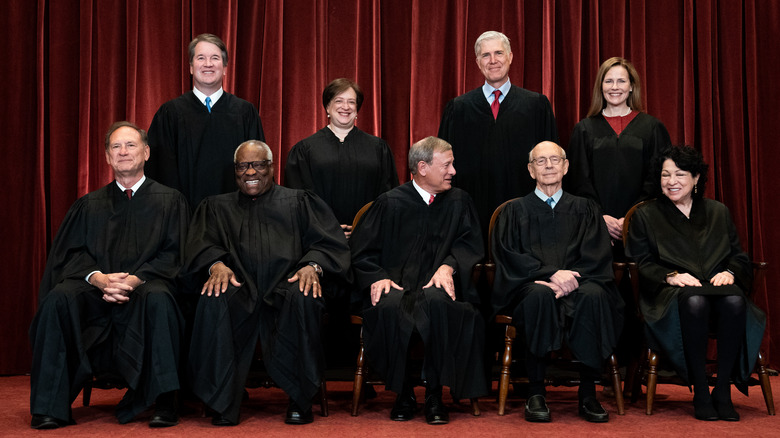
This President Appointed The Most Supreme Court Justices

What Happened To All Of Hitler's Artwork?

The Mystery Of Billy Milligan's Multiple IQs
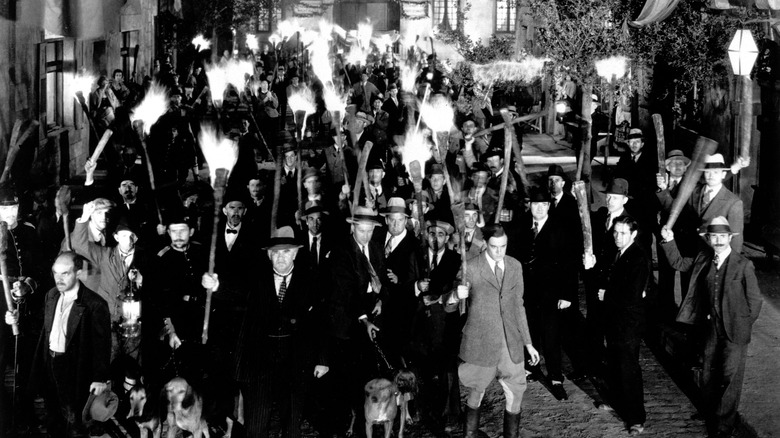
Terrifying Historical Examples Of Mass Psychosis
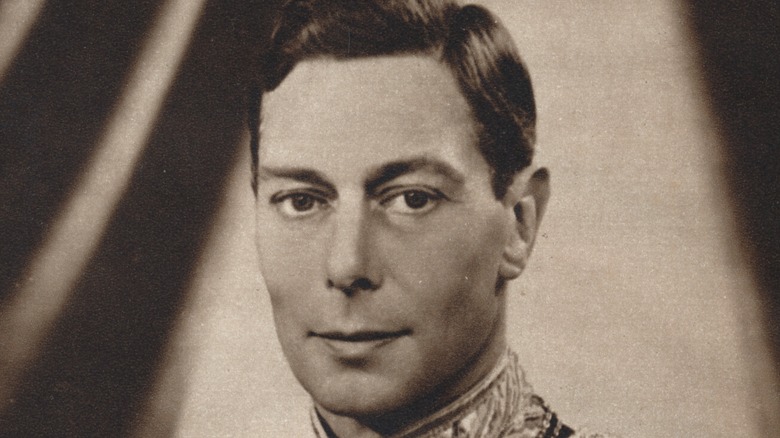
How The King's Speech Ignored King George VI's True Story

The Shakespeare Conspiracy That Would Change Everything
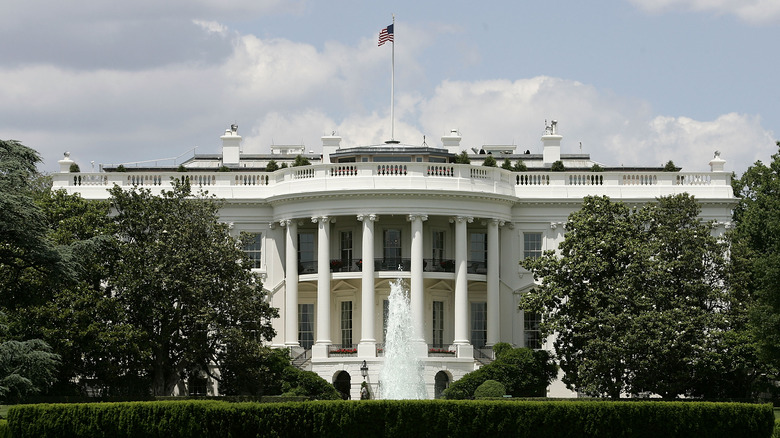
This Former President Actually Misplaced Nuclear Launch Codes

The One Victim Who Got Away From Bobby Joe Long

How Many Deaths Have Happened At The Cecil Hotel?

Does This Unexpected Discovery Mean There's Life On Venus?
